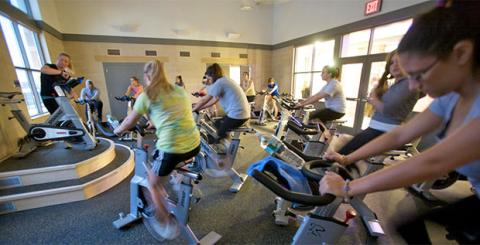
The 3-6 credit student internship, which is a key component of the Master of Science in Sports Science degree, allows students to integrate their coursework in a practical setting. The internship is designed to have students develop competencies related to exercise/physical activity program design for various individuals; this includes competencies related to assessment, program design, and program modification.
Each student will be under the immediate supervision of a person(s) employed by the external affiliation. A supervisor from Hofstra University will be assigned to the student. It is the job of the Hofstra supervisor to be the coordinator of the student's experience, to ensure that the student and the external affiliation are meeting the requirements of the internship. The Hofstra supervisor, the person who issues the final grade for internship, will visit the student three times at the internship site during the internship.

Possible internship sites include:
- Health/physical fitness centers: These are facilities that are usually opened to the general public and have a variety of programs available for their client membership.
- Sports performance facilities: These are facilities that are usually opened to the general public, including recreational, high school, college, and other elite-level athletes/athletic or sports teams that focus on improving fitness related to sports performance and injury risk reduction. These facilities emphasize sports conditioning with a number of different populations – children, youth, high-school students, healthy adults, and professional athletes.
- Worksite health facilities/corporate fitness centers: These are facilities that are only open to employees of a specific corporation.
- Physical and occupational therapy facilities and programs
- Nutrition: Corporate and personal consultation
- Strength and conditioning: These are sites, primarily in University settings, that focus on preparing college or professional athletes for a given sport through strength and conditioning approaches.
- Cardiac rehabilitation programs: These are programs designed for individuals who have had cardiac events and who are engaged in efforts to decrease their risk for future heart attacks/events and improve their functional ability.

